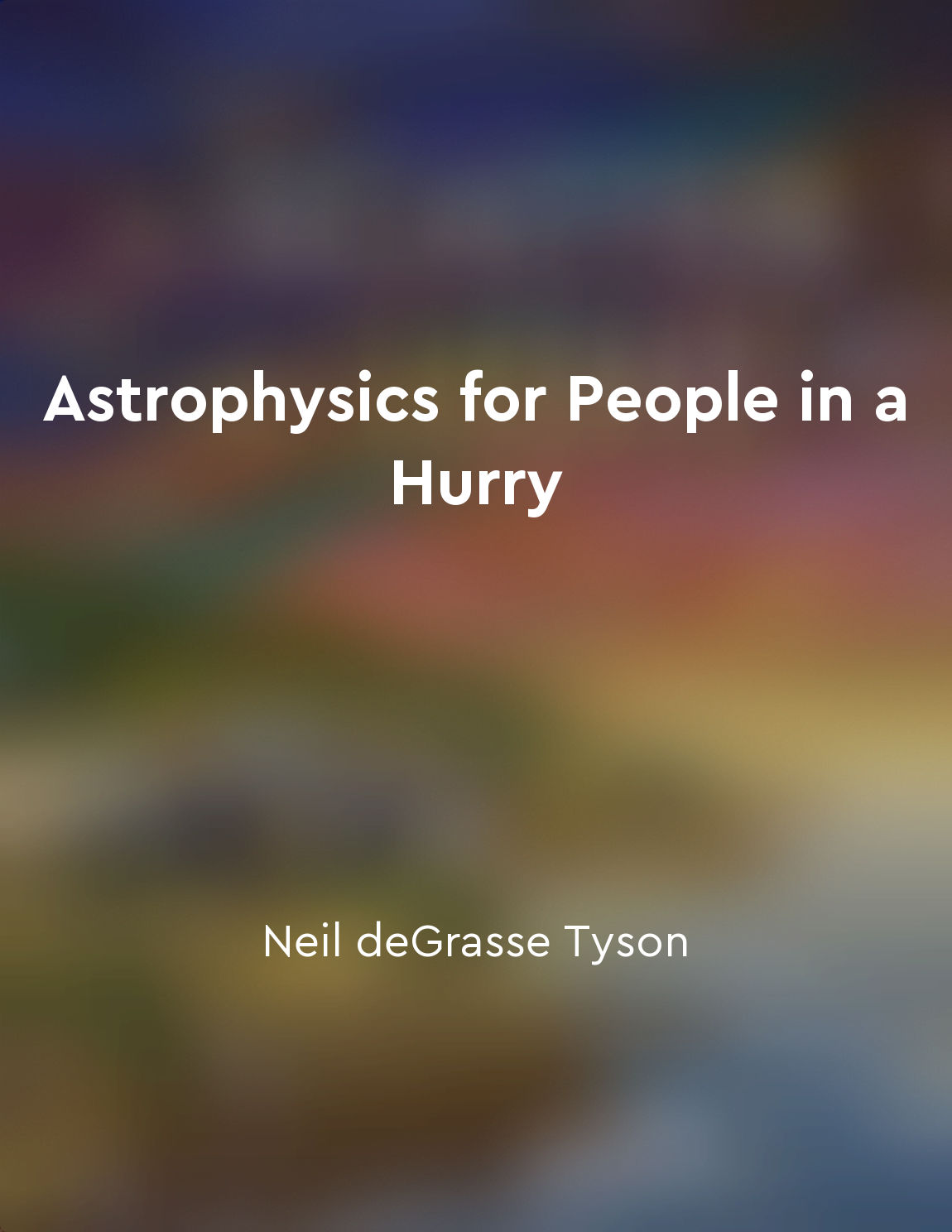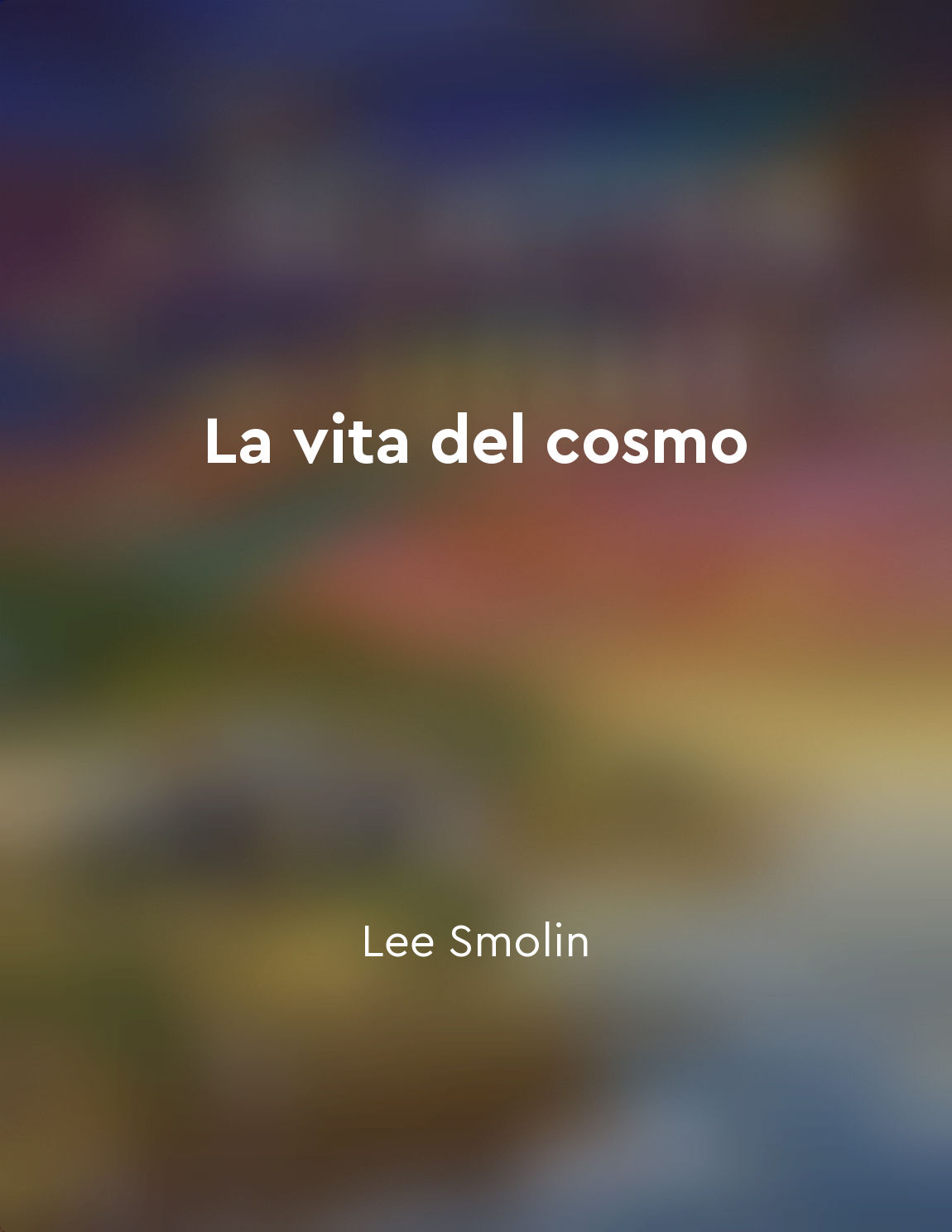Audio available in app
The collision of neutron stars produces gravitational waves from "summary" of The Science of Interstellar by Kip Thorne
When two neutron stars spiral into each other and collide, the event generates a cataclysmic release of energy in the form of gravitational waves. These waves are ripples in the fabric of spacetime itself, carrying information about the violent merger across the universe at the speed of light. Neutron stars are incredibly dense remnants of massive stars that have exploded in supernovae, packing more mass than the sun into a sphere just a few kilometers across. As the neutron stars spiral closer and closer together due to their mutual gravitational attraction, they eventually reach a point where the tidal forces between them become so strong that they deform and break apart. This process, known as tidal disruption, releases a tremendous amount of energy in the form of gravitational waves. These waves propagate outward in all directions, spreading the signal of the collision far and wide. The detection of gravitational waves from the collision of neutron stars represents a monumental achievement in astrophysics, opening a new window onto the universe and allowing scientists to probe some of the most extreme phenomena in the cosmos. By studying the signal...Similar Posts
Einstein's impact on the world continues to be felt today
Albert Einstein's influence endures in the modern world, resonating through various fields such as science, philosophy, and cul...
Blind faith can lead to manipulation and exploitation
Blind faith can be a dangerous thing. When we believe in something without question, when we let our emotions and desires cloud...
Spacetime can be warped by the presence of mass and energy
The concept of spacetime being warped by the presence of mass and energy is a fundamental idea in the theory of general relativ...

The universe is governed by a few simple laws that give rise to complexity
The universe operates by a few simple laws that give rise to the complexity we see all around us. These laws are not arbitrary ...
Tidal forces near black holes can tear objects apart
When an object gets close to a black hole, tidal forces - the gravitational forces that stretch and squeeze the object - become...

Dark matter remains a mystery in astrophysics
Dark matter is one of the most puzzling aspects of modern astrophysics. Despite decades of research and observation, scientists...
Energy density fluctuations may support cyclic model
Energy density fluctuations, which are tiny differences in the amount of energy present in different regions of space, could pl...
Quantum tunneling may offer new possibilities for space travel
Quantum tunneling, a phenomenon in the realm of quantum mechanics, could potentially revolutionize the way we approach space tr...
